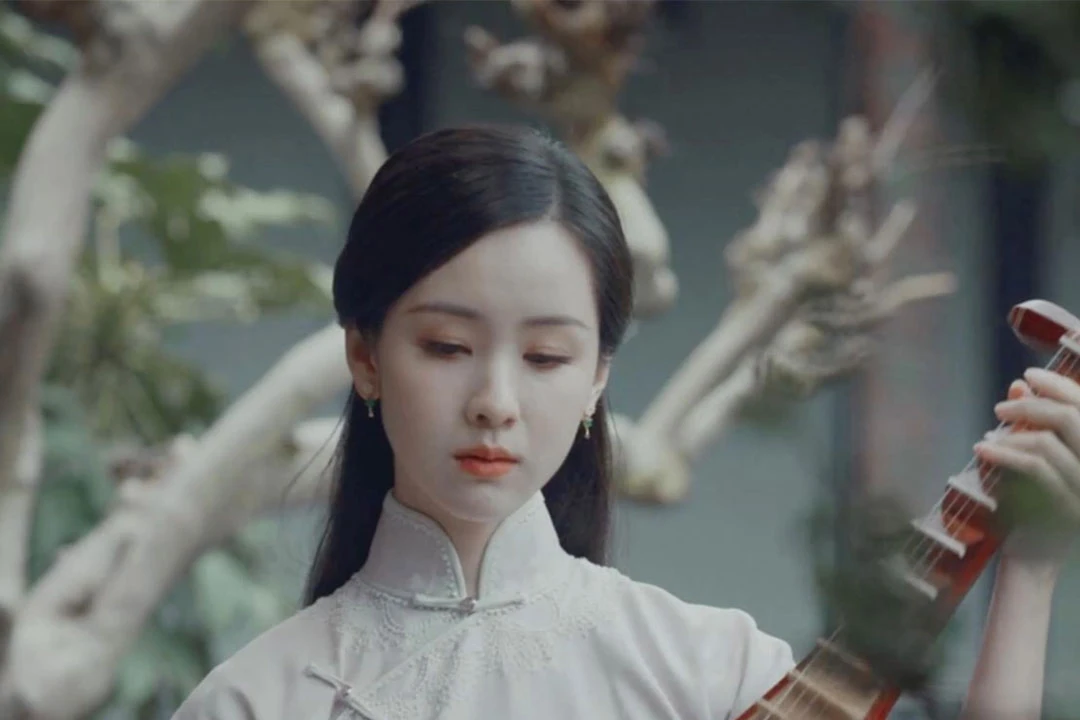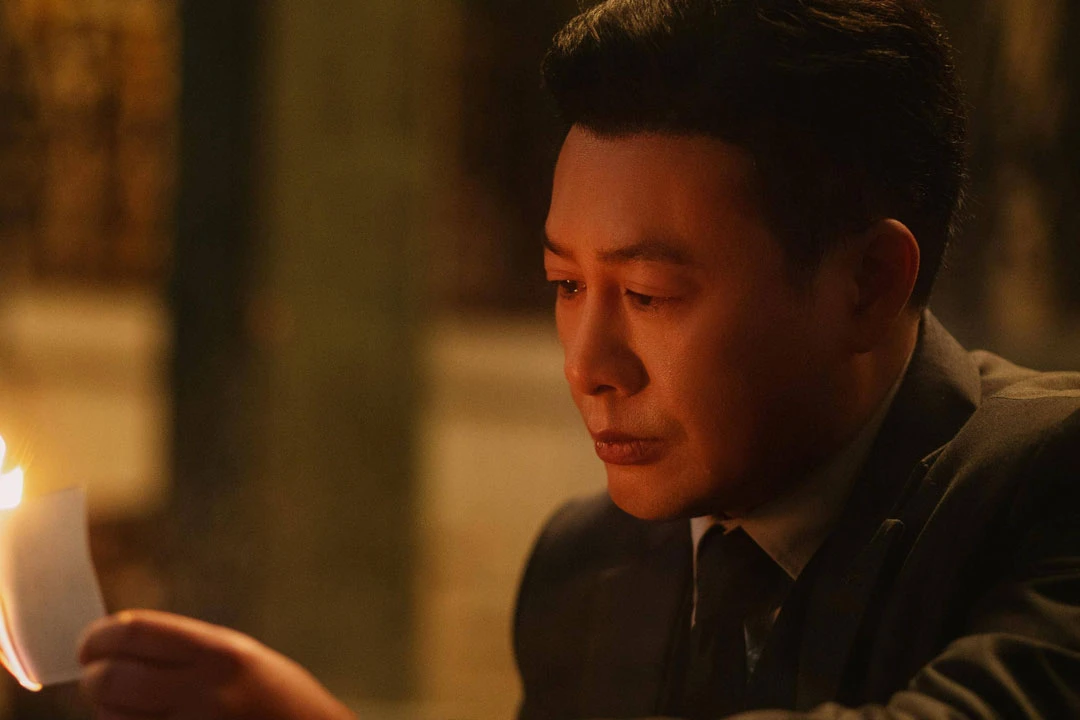Balancing Act: Physical Appearance and Character Portrayal in Period Dramas
In the realm of period dramas, particularly those set against the backdrop of wartime espionage, the delicate balance between an actor's physical appearance and their ability to embody a character can make or break a production. This interplay between form and function has never been more apparent than in recent television offerings, where the casting choices have sparked debates about the intersection of beauty standards, historical accuracy, and character credibility.
Take, for instance, the contrasting reception of two rising stars in a recent spy thriller set in the tumultuous years of the mid-20th century. The series, while not reaching the heights of its genre-defining predecessors, has nonetheless captured audience attention, largely due to the performances of its lead actors and the allure of its young cast. However, it's the physical presence of two female leads that has become a focal point of discussion among viewers and critics alike.
One actress, with her statuesque frame and youthful vitality, has been praised for bringing a fresh energy to the screen. Her portrayal of a novice revolutionary is enhanced by her physical presence - tall, with a frame that speaks to both strength and femininity. When donned in the iconic qipao, a dress that epitomizes the fusion of traditional Chinese aesthetics with modern sensibilities, she cuts a figure that is both historically plausible and visually striking. Her height and proportions allow her to wear the form-fitting garment with an elegance that suggests both the privileged background of her character and the physical capability required for her clandestine activities.
This actress's ability to embody the duality of her role - a young woman of means drawn into the dangerous world of espionage - is significantly bolstered by her physicality. Her frame, neither waif-like nor overtly muscular, strikes a chord with audiences who find in her a believable blend of vulnerability and resilience. The camera loves her, yes, but more importantly, her presence lends credence to the idea that this character could navigate both high society functions and perilous missions with equal aplomb.
The Unspoken Impact: How an Actor's Physique Shapes Audience Perception
In stark contrast, another young actress in the same production has faced criticism, not for her talent or beauty, but for a physique that some argue undermines the credibility of her character. Known for her ethereal presence in period dramas, this actress brings a delicate beauty to the screen that has served her well in past roles. However, in the context of a war-time spy narrative, her slight frame and fragile appearance have led some viewers to question the casting choice.
The criticism stems not from a place of body shaming, but rather from a concern for narrative integrity. In scenes where her character is meant to be an equal partner in dangerous missions, her physical presence fails to convey the necessary strength and capability. The same qipao that accentuates her co-star's readiness for action seems to overwhelm her diminutive frame, creating a visual disconnect between the character's supposed role and her apparent physical limitations.
This disparity highlights a broader question in the entertainment industry: To what extent should an actor's physical attributes align with the demands of their character, particularly in historical or action-oriented roles? While it's true that spies come in all shapes and sizes, and that assumptions about physical capability based on appearance can be misleading, there's an undeniable impact on audience perception when an actor's physique seems at odds with their character's supposed abilities.
The discussion surrounding these two actresses extends beyond mere aesthetics. It touches on the responsibility of casting directors and producers to consider how an actor's physical presence contributes to the overall believability of a story. In genres like espionage thrillers, where the suspension of disbelief is already stretched thin, every element of a production - including the physicality of its cast - plays a crucial role in maintaining narrative cohesion.
Moreover, this debate reflects changing attitudes towards body diversity in media. While there's a growing appreciation for a wider range of body types on screen, there's also an acknowledgment that certain roles may require specific physical attributes to be convincing. The challenge lies in balancing these considerations with the need for diverse representation and the recognition that talent should be the primary criterion for casting decisions.
It's worth noting that both actresses bring unique strengths to their roles. The more physically imposing actress's presence adds a layer of believability to action sequences and moments of confrontation. Her co-star, with her delicate features and graceful bearing, excels in scenes requiring subtlety and emotional depth. In an ideal world, a production would find ways to leverage the strengths of each performer, crafting storylines and characters that play to their individual assets.
As the entertainment industry continues to evolve, these discussions about the relationship between physical appearance and character portrayal are likely to become more nuanced. The success of any production ultimately rests on its ability to transport viewers into its world, and while stellar performances and compelling narratives are paramount, the visual coherence of characters within their fictional universe remains a significant factor in achieving that goal.
In the end, the debate sparked by this spy drama serves as a reminder of the complex interplay between art and audience perception. It challenges creators to think more holistically about casting choices, considering not just acting ability and star power, but also how an actor's physical presence can enhance or detract from the story being told. As viewers become more discerning and discussions around representation grow more sophisticated, finding the right balance between talent, appearance, and character demands will remain a crucial aspect of bringing compelling stories to the screen.



